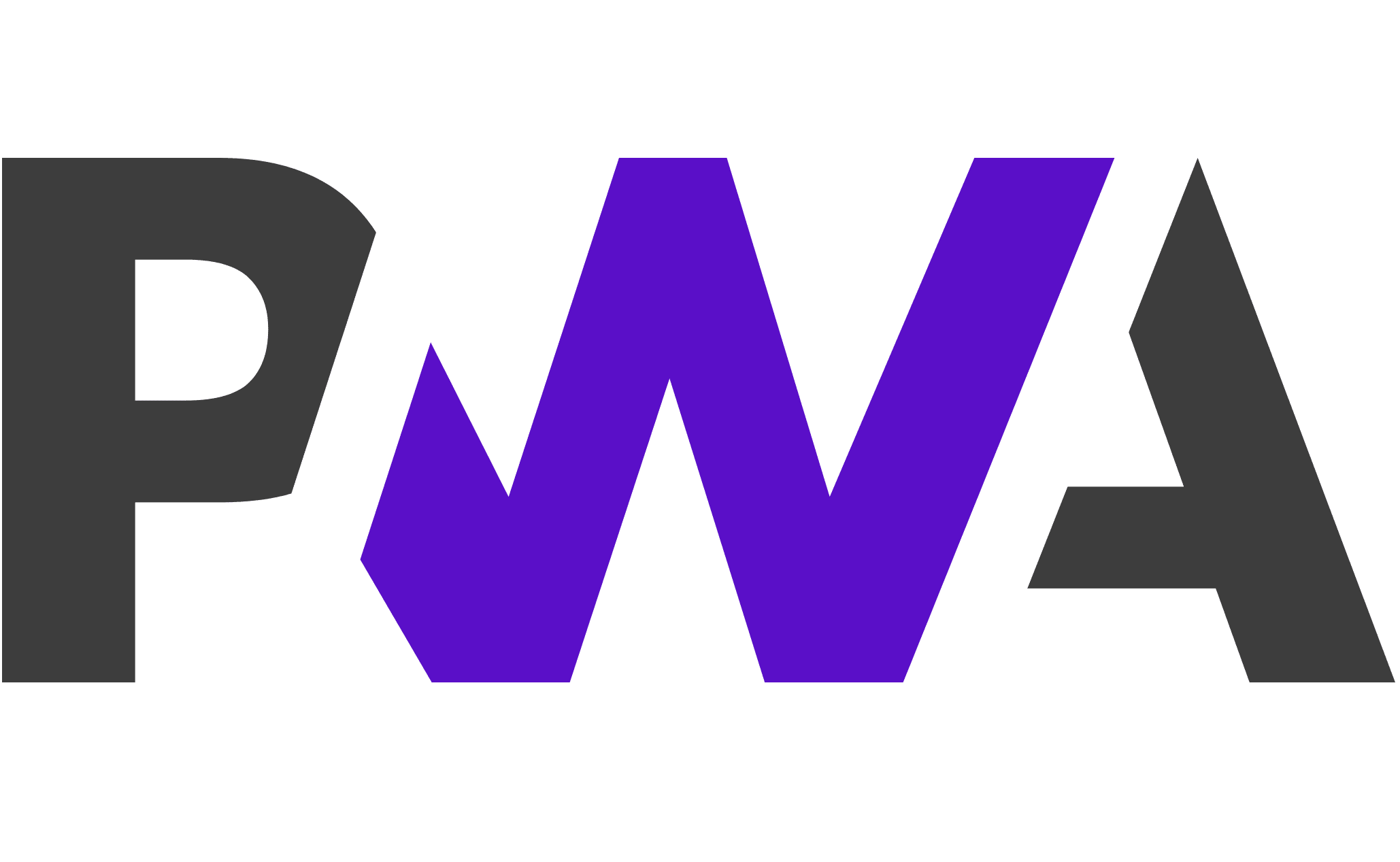고정 헤더 영역
상세 컨텐츠
본문
Late last month, Apple quietly. Although the announcement didn't disclose much about the new abilities macOS Server will gain, it does detail services to be deprecated starting this spring.
- The Revolution In Web Application Servers Now For Mac 2017
- The Revolution In Web Application Servers Now For Mac Windows 10
- The Revolution In Web Application Servers Now For Mac
Best Answer: A Web application is an application that is accessed via Web browser over a network such as the Internet or an intranet. It is also a computer software application that is coded in a browser-supported language (such as HTML, JavaScript, Java, etc.) and reliant on a common web browser to render the application executable. The self-service site creation experience in the SharePoint home page now supports creating new sites in a different web application, regardless of whether the web application is hosted on the local farm or a remote farm. Telegram Web‑version Telegram for macOS Telegram for PC/Mac/Linux. Why switch to Telegram? Telegram delivers messages faster than any other application. Telegram servers are spread worldwide for security and speed. Telegram has an open API and protocol free for everyone.
Though these features won't disappear immediately, they will eventually be removed from future releases and hidden on new macOS Server installations. Apple said its goal is 'to focus more on management of computers, devices, and storage on your network,' but the list of services slated for retirement is extensive. Current macOS Server administrators will eventually need replacements for key collaboration tools, including shared contacts, calendars, email, and messaging as well as under-the-hood services such as DHCP, DNS, VPN and the NetInstall Mac deployment service. Web and wiki services are also on the chopping block. How macOS Server has evolved macOS Server has gone though multiple refreshes in its nearly 20 year history. It launched in 1999 as Mac OS X Server 1.0 - before the client edition of Mac OS X even arrived.
In its initial iteration, it was designed to provide a slew of services needed by Macs in business networks and initially offered no support for non-Mac systems; it relied primarily on technology from NeXT, which Apple acquired in 1996. Released alongside Mac OS 9, Mac OS X Server 1.0 marked Apple's first step in building a true business (and education) platform that included basic network services, remote boot and deployment capabilities, and Mac management. Further reading: Although early editions were Mac-only and didn't provide any real scalability, Panther Server, released in 2003, solved many of those issues by incorporating server redundancy functions and support for Windows standards, including Active Directory. Mac deployment and management, however, continued to be the platform's biggest selling point. At the time, Apple had also developed its first rack-mount server hardware as well as advanced network storage solutions (, respectively). The goal was clearly to make Macs and Mac servers a true enterprise option and good citizens of enterprise and business networks.

Learn to install all of the software necessary for developing projects in Ruby on Rails, the popular web application framework. This course is designed for developers and other users who want to install and configure Ruby on Rails 5 on their Mac. Kevin Skoglund shows how to use Unix to set up a complete development environment, including Xcode, Homebrew (an open-source software package manager), Ruby, RubyGems, and MySQL. Learn how to select an appropriate text editor and get started creating and launching new Ruby on Rails projects. Instructor. Kevin Skoglund builds custom web solutions at Nova Fabrica, and teaches web development to others at Lynda.com. Kevin Skoglund is the founder of, a web development agency specialized in delivering custom, scalable solutions using Ruby on Rails, PHP, SQL, and related technologies.

Nova Fabrica clients include An Event Apart, Atlas Carpet Mills, Consulate Film, Gregorius Pineo, Maharam, Oakley, and The Bold Italic. Kevin is a lynda.com author with over 15 years of teaching and web development experience. By: Kevin Skoglund course. 1h 22m 46s. 4,395 viewers.
The Revolution In Web Application Servers Now For Mac 2017
Course Transcript - Narrator In the previous movie, we got all of the back end pieces installed that we need. We have Ruby, Ruby Gems, Rails, and MySQL. Now we should talk about what Web Server we're gonna use.
The Revolution In Web Application Servers Now For Mac Windows 10

The Revolution In Web Application Servers Now For Mac
Of course we need a web server to serve requests to users. Ruby On Rails doesn't do that on it's own so we need something that's going to take a request from a user when they type in a URL, it's going to send it to our Rails application, our Rails application will then return a result to the Web Server which gets sent back to the user. A Web Server is an essential part of this process and we have a few different options. If you're using a production Web Server, then you're probably using either Apache or NGINX. These are very robust Web Servers with a lot of features built in that can handle a lot of requests. It's also very common for people to use some light weight Web Servers which pair nicely with these other heavyweight ones, with Apache and NGINX you might use Passenger or Unicorn as a.




